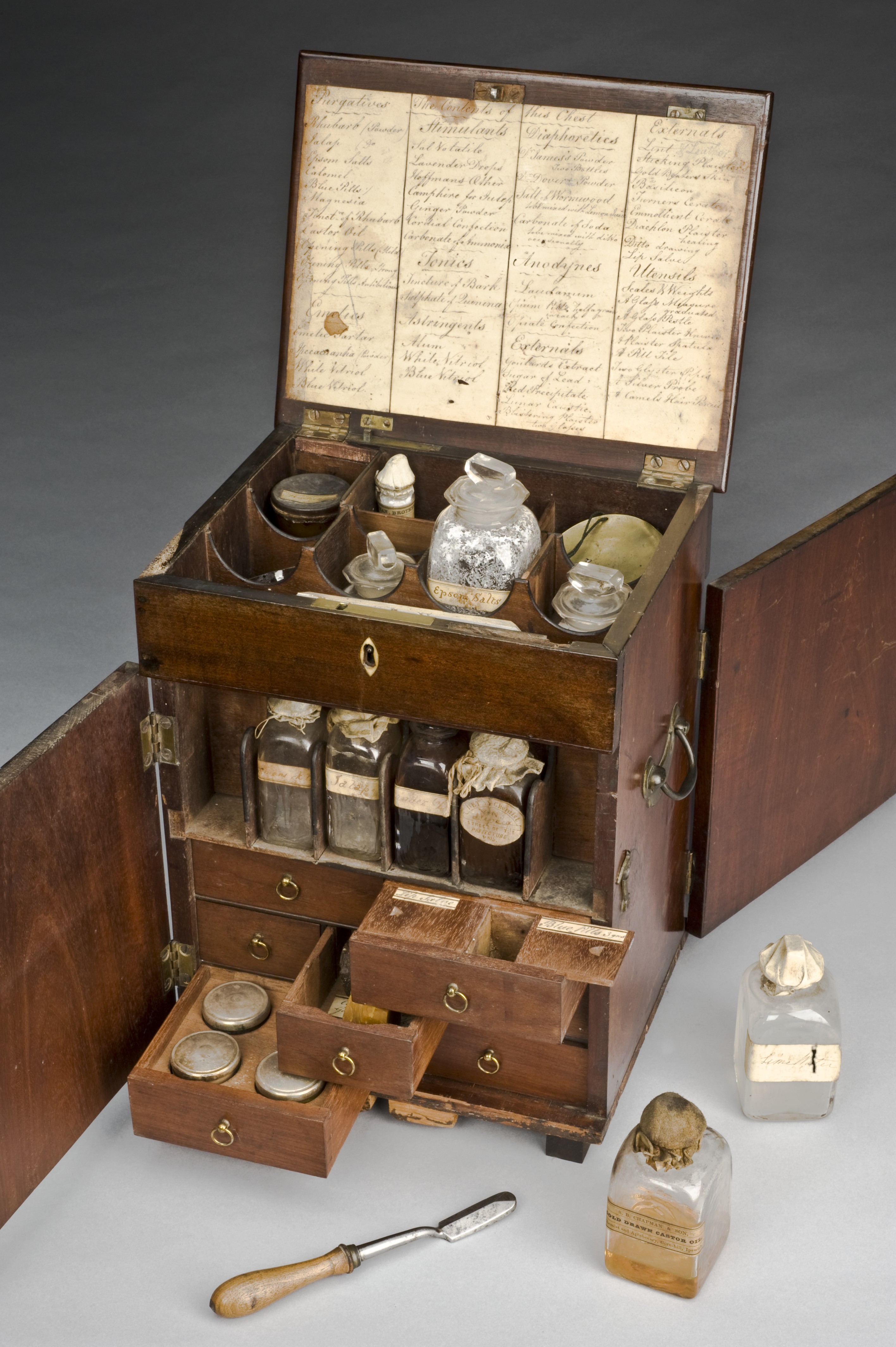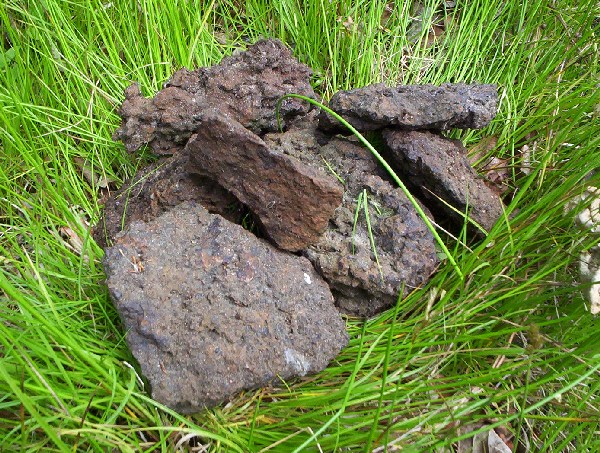|
Calomel
Calomel is a mercury chloride mineral with formula Hg2Cl2 (see mercury(I) chloride). The name derives from Greek ''kalos'' (beautiful) and ''melas'' (black) because it turns black on reaction with ammonia. This was known to alchemists. Calomel occurs as a secondary mineral which forms as an alteration product in mercury deposits. It occurs with native mercury, amalgam, cinnabar, mercurian tetrahedrite, eglestonite, terlinguaite, montroydite, kleinite, moschelite, kadyrelite, kuzminite, chursinite, kelyanite, calcite, limonite and various clay minerals. The type locality is Moschellandsburg, Alsenz-Obermoschel, Rhineland-Palatinate, Germany. History The substance later known as calomel was first documented in ancient Persia by medical historian Rhazes in year 850. Only a few of the compounds he mentioned could be positively identified as calomel, as not every alchemist disclosed what compounds they used in their drugs. Calomel first entered Western medical literature ... [...More Info...] [...Related Items...] OR: [Wikipedia] [Google] [Baidu] |
Mercury(I) Chloride
Mercury(I) chloride is the chemical compound with the formula Hg2Cl2. Also known as the mineral calomel (a rare mineral) or mercurous chloride, this dense white or yellowish-white, odorless solid is the principal example of a mercury(I) compound. It is a component of reference electrodes in electrochemistry. History The name calomel is thought to come from the Greek ''καλός'' "beautiful", and ''μέλας'' "black"; or ''καλός'' and ''μέλι'' "honey" from its sweet taste. The "black" name (somewhat surprising for a white compound) is probably due to its characteristic disproportionation reaction with ammonia, which gives a spectacular black coloration due to the finely dispersed metallic mercury formed. It is also referred to as the mineral ''horn quicksilver'' or ''horn mercury''. Calomel was taken internally and used as a laxative, for example to treat George III in 1801, and disinfectant, as well as in the treatment of syphilis, until the early 20th century. Unti ... [...More Info...] [...Related Items...] OR: [Wikipedia] [Google] [Baidu] |
Native Mercury
Mercury is a chemical element with the symbol Hg and atomic number 80. It is also known as quicksilver and was formerly named hydrargyrum ( ) from the Greek words, ''hydor'' (water) and ''argyros'' (silver). A heavy, silvery d-block element, mercury is the only metallic element that is known to be liquid at standard temperature and pressure; the only other element that is liquid under these conditions is the halogen bromine, though metals such as caesium, gallium, and rubidium melt just above room temperature. Mercury occurs in deposits throughout the world mostly as cinnabar (mercuric sulfide). The red pigment vermilion is obtained by grinding natural cinnabar or synthetic mercuric sulfide. Mercury is used in thermometers, barometers, manometers, sphygmomanometers, float valves, mercury switches, mercury relays, fluorescent lamps and other devices, though concerns about the element's toxicity have led to mercury thermometers and sphygmomanometers being largely phased out in cl ... [...More Info...] [...Related Items...] OR: [Wikipedia] [Google] [Baidu] |
Mercury Element
Mercury is a chemical element with the symbol Hg and atomic number 80. It is also known as quicksilver and was formerly named hydrargyrum ( ) from the Greek words, ''hydor'' (water) and ''argyros'' (silver). A heavy, silvery d-block element, mercury is the only metallic element that is known to be liquid at standard temperature and pressure; the only other element that is liquid under these conditions is the halogen bromine, though metals such as caesium, gallium, and rubidium melt just above room temperature. Mercury occurs in deposits throughout the world mostly as cinnabar (mercuric sulfide). The red pigment vermilion is obtained by grinding natural cinnabar or synthetic mercuric sulfide. Mercury is used in thermometers, barometers, manometers, sphygmomanometers, float valves, mercury switches, mercury relays, fluorescent lamps and other devices, though concerns about the element's toxicity have led to mercury thermometers and sphygmomanometers being largely phased out in cl ... [...More Info...] [...Related Items...] OR: [Wikipedia] [Google] [Baidu] |
Montroydite
Montroydite is the mineral form of mercury(II) oxide with formula HgO. It is a rare mercury mineral. It was first described for an occurrence in the mercury deposit at Terlingua, Texas and named for Montroyd Sharp who was an owner of the deposit. Montroydite occurs in mercury deposits of hydrothermal origin. Associated minerals include: native mercury, cinnabar, metacinnabar, calomel, eglestonite, terlinguaite, mosesite, kleinite, edgarbaileyite, gypsum, calcite and dolomite Dolomite may refer to: *Dolomite (mineral), a carbonate mineral *Dolomite (rock), also known as dolostone, a sedimentary carbonate rock *Dolomite, Alabama, United States, an unincorporated community *Dolomite, California, United States, an unincor .... References Mercury(II) minerals Oxide minerals Orthorhombic minerals {{oxide-mineral-stub ... [...More Info...] [...Related Items...] OR: [Wikipedia] [Google] [Baidu] |
Kleinite
Kleinite is a rare mineral that has only been found in the United States and Germany that occurs in hydrothermal mercury deposits. It occurs associated with calcite, gypsum and (rarely) barite or calomel. Its color can range from pale yellow/canary yellow to orange, and it is transparent to translucent. As a photosensitive mineral, its coloration darkens when exposed to light. It has been hypothesized that kleinite formed through a "reaction of cinnabar with oxidized meteoric water", with this reaction being the source of kleinite's nitrogen. Etymology Kleinite is named after Carl Klein (1842–1907), who was a professor of mineralogy at the University of Berlin. File:Kleinite-Calcite-285098.jpg, Kleinite on calcite, from McDermitt Mine (Cordero Mine; Old Cordero Mine), Opalite District, Humboldt County, Nevada, United States See also * Halide minerals * List of minerals This is a list of minerals for which there are articles on Wikipedia. Minerals are distinguished by var ... [...More Info...] [...Related Items...] OR: [Wikipedia] [Google] [Baidu] |
Calcite
Calcite is a Carbonate minerals, carbonate mineral and the most stable Polymorphism (materials science), polymorph of calcium carbonate (CaCO3). It is a very common mineral, particularly as a component of limestone. Calcite defines hardness 3 on the Mohs scale of mineral hardness, based on Scratch hardness, scratch hardness comparison. Large calcite crystals are used in optical equipment, and limestone composed mostly of calcite has numerous uses. Other polymorphs of calcium carbonate are the minerals aragonite and vaterite. Aragonite will change to calcite over timescales of days or less at temperatures exceeding 300 °C, and vaterite is even less stable. Etymology Calcite is derived from the German ''Calcit'', a term from the 19th century that came from the Latin word for Lime (material), lime, ''calx'' (genitive calcis) with the suffix "-ite" used to name minerals. It is thus etymologically related to chalk. When applied by archaeology, archaeologists and stone trade pr ... [...More Info...] [...Related Items...] OR: [Wikipedia] [Google] [Baidu] |
Limonite
Limonite () is an iron ore consisting of a mixture of hydrated iron(III) oxide-hydroxides in varying composition. The generic formula is frequently written as FeO(OH)·H2O, although this is not entirely accurate as the ratio of oxide to hydroxide can vary quite widely. Limonite is one of the three principal iron ores, the others being hematite and magnetite, and has been mined for the production of iron since at least 2500 BP. Names Limonite is named for the Greek word λειμών (/leː.mɔ̌ːn/), meaning "wet meadow", or λίμνη (/lím.nɛː/), meaning “marshy lake” as an allusion to its occurrence as '' bog iron ore'' in meadows and marshes. In its brown form it is sometimes called brown hematite or brown iron ore. Characteristics Limonite is relatively dense with a specific gravity varying from 2.7 to 4.3.Northrop, Stuart A. (1959) "Limonite" ''Minerals of New Mexico'' (revised edition) University of New Mexico Press, Albuquerque, New Mexico, pp. 329–333, ... [...More Info...] [...Related Items...] OR: [Wikipedia] [Google] [Baidu] |
Type Locality (geology)
Type locality, also called type area, is the locality where a particular rock type, stratigraphic unit or mineral species is first identified. If the stratigraphic unit in a locality is layered, it is called a stratotype, whereas the standard of reference for unlayered rocks is the type locality. The term is similar to the term type site in archaeology or the term type specimen in biology. Examples of geological type localities Rocks and minerals * Aragonite: Molina de Aragón, Guadalajara, Spain * Autunite: Autun, France * Benmoreite: Ben More (Mull), Scotland * Blairmorite: Blairmore, Alberta, Canada * Boninite: Bonin Islands, Japan * Comendite: Comende, San Pietro Island, Sardinia * Cummingtonite: Cummington, Massachusetts * Dunite: Dun Mountain, New Zealand. * Essexite: Essex County, Massachusetts, US * Fayalite: Horta, Fayal Island, Azores, Portugal * Harzburgite: Bad Harzburg, Germany * Icelandite: Thingmuli (Þingmúli), Iceland * Ijolite: Iivaara, Kuusamo, Finl ... [...More Info...] [...Related Items...] OR: [Wikipedia] [Google] [Baidu] |
Clay Minerals
Clay minerals are hydrous aluminium phyllosilicates (e.g. kaolin, Al2 Si2 O5( OH)4), sometimes with variable amounts of iron, magnesium, alkali metals, alkaline earths, and other cations found on or near some planetary surfaces. Clay minerals form in the presence of water and have been important to life, and many theories of abiogenesis involve them. They are important constituents of soils, and have been useful to humans since ancient times in agriculture and manufacturing. Properties Clay is a very fine-grained geologic material that develops plasticity when wet, but becomes hard, brittle and non–plastic upon drying or firing. It is a very common material, and is the oldest known ceramic. Prehistoric humans discovered the useful properties of clay and used it for making pottery. The chemistry of clay, including its capacity to retain nutrient cations such as potassium and ammonium, is important to soil fertility. Because the individual particles in clay are less tha ... [...More Info...] [...Related Items...] OR: [Wikipedia] [Google] [Baidu] |




